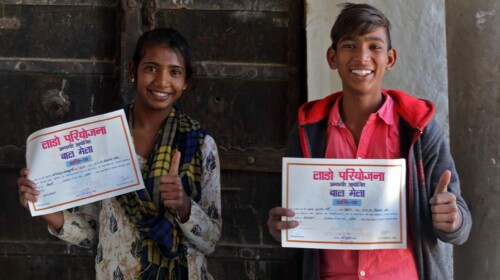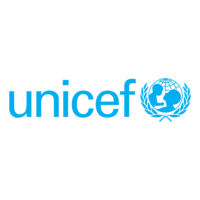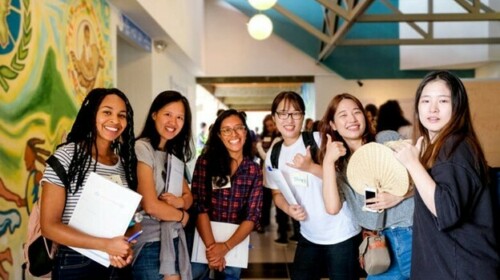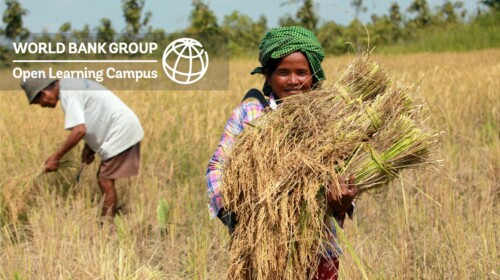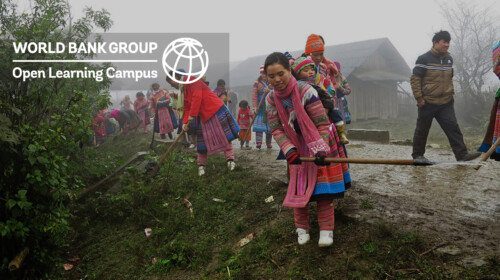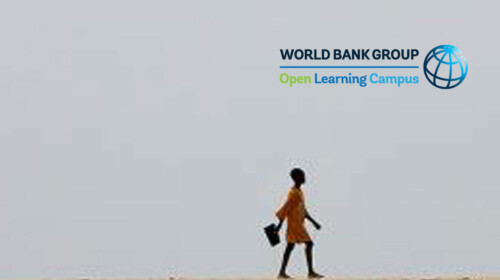The course aims to provide UNICEF staff and implementing partners with programming tools and programme examples for designing gender-transformative education programmes.
Target Audience
UNICEF Education staff and implementing partners.
Learning Objectives
At the end of the activity, learners will be able to…
- Understand the basic principles of gender analysis applied to education programming.
- Identify gender norms that pose barriers to girls’ and boys’ education and learning.
- Use and represent different types of data (quantitative and qualitative) to uncover gender disparities in education.
- Understand gender-responsive programming in the programme design phase: constructing theories of change, programme strategy notes, and selecting effective interventions for a given context.
- Become familiar with selected evidence-based interventions proven to effectively improve gender equality in education, benefiting both girls and boys, especially the most marginalized.
- Become familiar with selected tools to monitor gender results and expenditures in education programmes.
- Explain how cross-sectoral approaches are essential to improving gender equality in education
- Identify big players/donors/partners in the field of girls’ education and gender equality in education
- Understand key elements of scaling up education programmes focused on achieving gender equality

